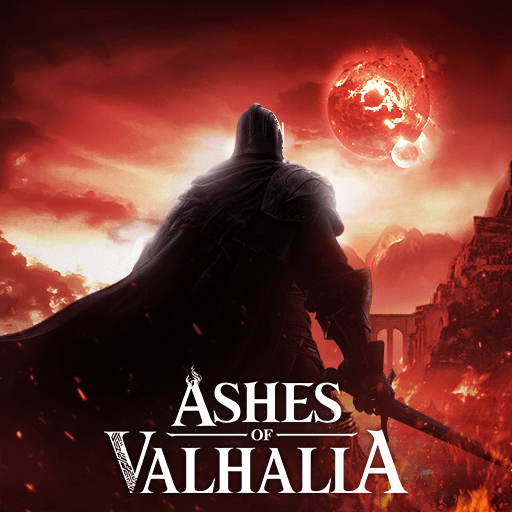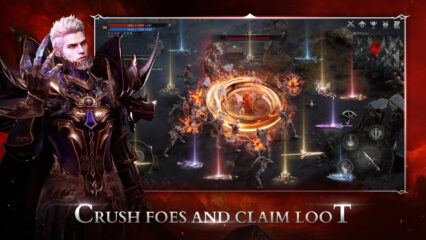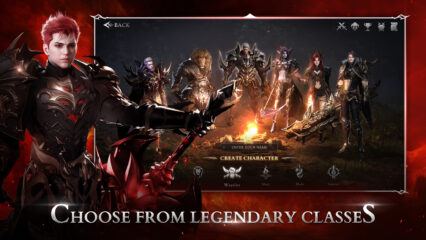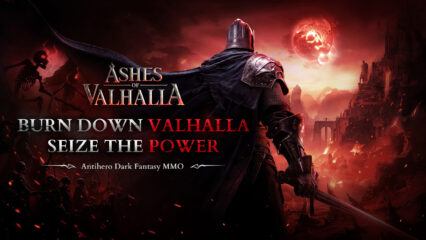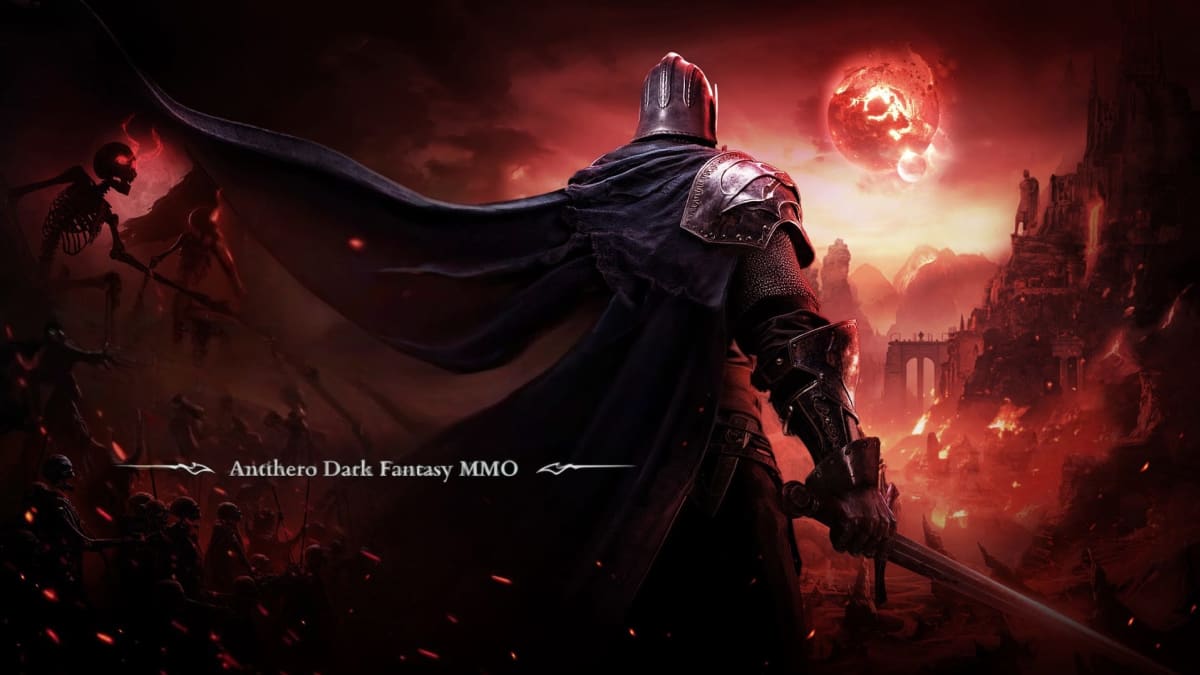Ashes of Valhalla Beginner’s Guide - All the Knowledge You Need to Get Started
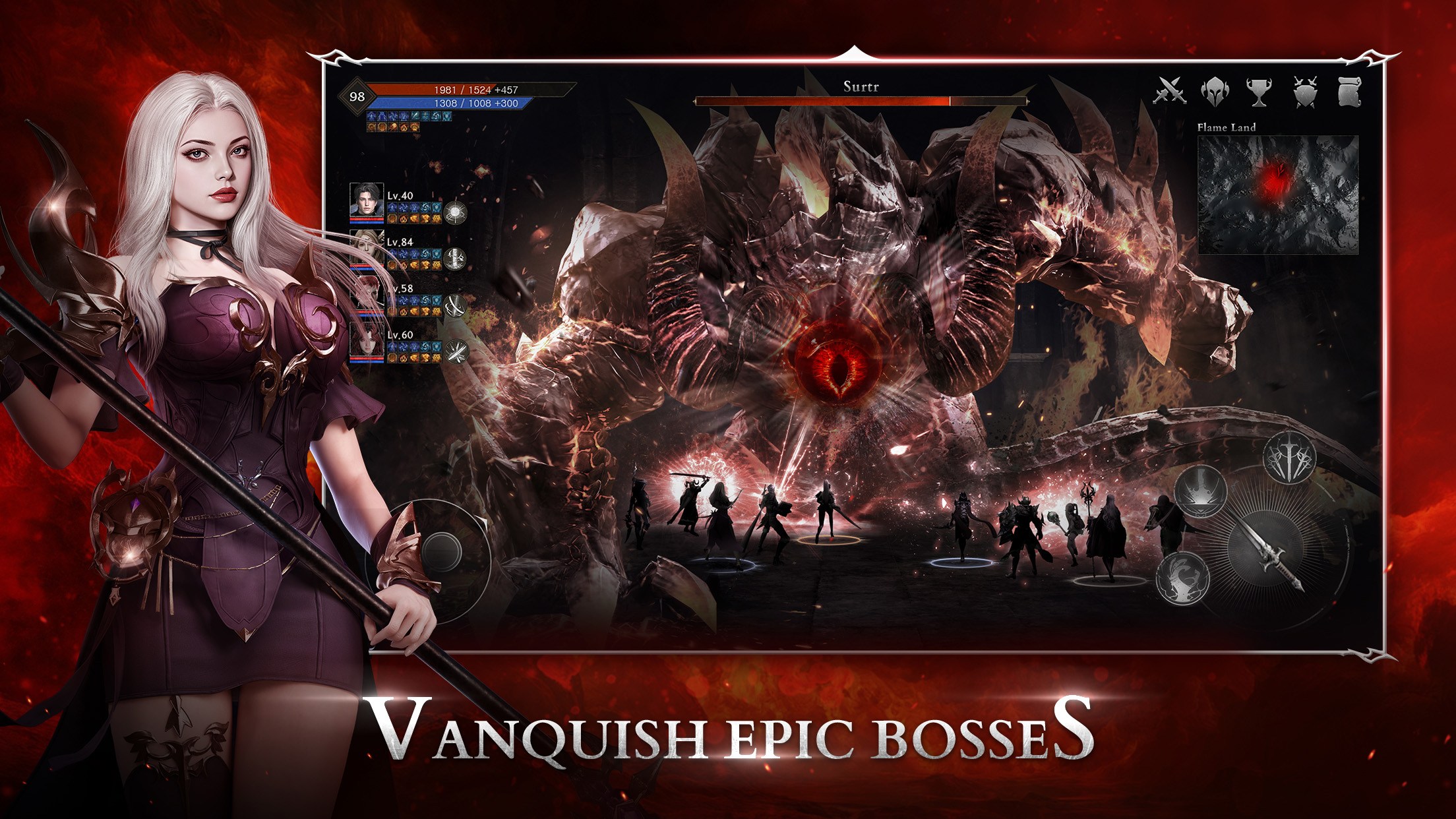
Ashes of Valhalla is a dark fantasy MMORPG that leans heavily into automation: auto‑combat, auto‑questing, and systems that help you progress with minimal micromanagement. But underneath that automation lies a web of mechanics and choices you’ll want to understand to get the most from your early hours.
This guide will introduce the core systems so you can navigate the early game smartly rather than aimlessly grinding. Think of this as your map through the first dozen levels: it won’t hold your hand forever, but it will keep you from wandering in circles.
Classes in Ashes of Valhalla
At the start of your journey in Ashes of Valhalla, you’ll choose one of three available classes. This decision defines your character’s strengths, stats, and combat style—so even in a game with heavy automation, it matters. Whether you want to dive into the fray, blast enemies from afar, or bombard groups with AoE, each class offers a distinct feel.

Here are the three starter classes:
- Warrior: A melee tank with high defense and strong burst damage. Warriors are built to take hits and keep fighting, ideal for players who want durability and straightforward combat. Great for beginners who prefer a forgiving frontline style.
- Mage: A ranged elemental controller who deals powerful magic damage. Mages thrive on AoE spells and long‑range attacks, but they’re fragile and rely on good positioning—or strong auto-control setups—to survive.
- Gunner: A long-range specialist that excels in massive AoE attacks. Gunners deliver consistent pressure from a distance, clearing mobs quickly but requiring awareness and distance from danger.
While more classes may arrive in future updates, these three form the backbone of early gameplay. If you’re unsure which to pick, think about how you want to experience combat—up close, from range, or through magical nukes. Each class is viable for both PvE and PvP, but their strengths shine in different scenarios.
Combat Mechanics & Manual Play
Ashes of Valhalla features real-time combat that combines action and automation. Your character has a basic attack that targets nearby enemies when you hold it down, but that’s only the base layer. On top of that, you’ll unlock and assign various active skills, each with its own cooldown and effect, ranging from single-target damage, AoE bursts, crowd control, or buffs.

Most of the time, auto-combat will handle these abilities for you, activating skills and managing positioning as you move through quests or farm resources. This system is especially useful during routine grinding or dungeon runs. However, for boss fights, PvP, or tougher content, manual control becomes essential. When you play manually, you can dodge enemy attacks, reposition precisely, and time your skill usage for maximum impact.
Skills can be upgraded as you level up, improving their damage, reducing cooldowns, or unlocking extra effects. Pay attention to how your skills synergize—whether they combo into each other or serve defensive and offensive roles. The better you understand your skill kit, the more effective you’ll be when the game asks for manual precision.
Netherlings: Your Battle Companions
One of Ashes of Valhalla’s key systems is Netherlings. Think of them as companions or side allies that fight alongside you. You unlock Netherlings via the Apocalypse Summon system, which uses a currency called Spirit‑Summoning Orbs. Those orbs come from many sources: the Diamond Shop, Treasury of the Brave, Divine Chests, Online Benefit systems, Arena rewards, Guild perks, Demon Hunt, and more.

Once you own a Netherling, you can upgrade them in multiple ways: increase star rank, level them up, unlock their skills, etc. The stronger your Netherlings, the more they contribute in battle—boosting damage, providing buffs, or even helping with survival. In many fights, a well‑leveled Netherling can make the difference between easy and difficult.
Questing & Story Progression
The main Story quests drive your early progression. Whenever you accept a quest, your character will auto-navigate toward objectives and fight along the way. For many zones, you can leave auto mode on and watch the game essentially play itself until a major decision point or boss fight arrives. The real value is in unlocking systems: new daily quests, dungeons, team features, and quality-of-life tools all come from advancing the main story.

Because those unlocks often outpace simple leveling, following the story makes your character more capable than endless grinding alone. Give priority to the main quest line and let the automation carry you, then take over when things get tricky.
Dungeons & Resource Farming
Dungeons in Ashes of Valhalla are organized as selectable challenges you can enter to earn rewards like experience, essences, tome fragments, and upgrade materials. You’ll see two modes: solo runs, and team or cooperative runs when unlocked.

As you clear difficulty tiers, those dungeons become reliable sources of the materials you need to progress your character and Netherlings. Even on auto, they’re among the most efficient uses of your time, especially once you unlock harder levels.
Daily Tasks & Activity Rewards
Daily quests are the backbone of sustained progression. Each day, new quests appear—each with a limited number of attempts and rewards tied to specific currencies. Completing daily tasks also yields activity points, which unlock bonus rewards at milestone thresholds.

Because auto‑questing and automated systems carry you through much of the game, the daily tasks are your consistency mechanism. Logging in daily, prioritizing the quests you can do early, and hitting those activity benchmarks gives you steady income of materials, orbs, and other essentials.
Upgrading & Power Growth
In Ashes of Valhalla, you’ll constantly see a fist icon (often with a red dot) in your interface—offset to the right of the middle of the screen. That icon signals “things you can upgrade right now” — skills, gear, Netherling ranks, etc. Whenever it’s available, click it and inspect the available paths of growth. Upgrading as soon as you can is usually the fastest way to stay on top of your power curve.
Because many systems are gated by power thresholds, failing to upgrade regularly can slow you down. So don’t ignore those indicators—they’re your roadmap for staying viable in tougher zones or PvP encounters.
That covers the foundation: classes and combat, Netherling companions, story progression, dungeons, daily systems, and upgrades. Use this as your go-to reference for your first week in Ashes of Valhalla. Once you’re ready for intermediate strategies—builds, gear meta, optimal Netherling combos—we’ll break those down in their own guide.
For the smoothest, most comfortable experience, play Ashes of Valhalla on PC with BlueStacks. You’ll enjoy better visuals, precision control, less fatigue, and easier UI management. Jump in, unlock your potential, and may your next battle echo across the Nine Realms.

